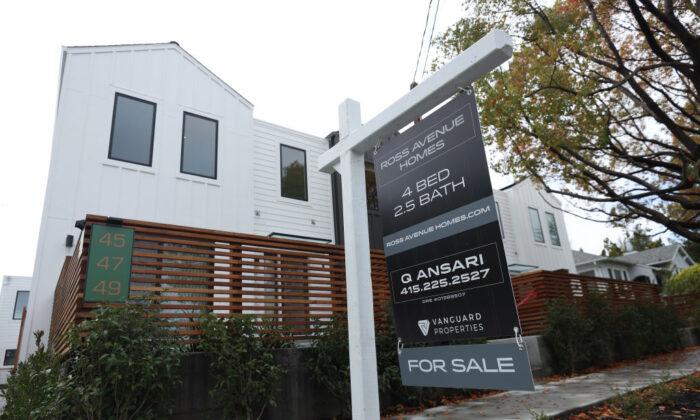Fewer homes were available for sale in the United States in May than in any month since real estate brokerage Redfin began keeping records in 2012.
The sales numbers for May are 38.6 percent lower than the same month in 2019, before the pandemic hit the housing market. Redfin blames the shortage of homes on persistently high mortgage rates.
“Nearly every homeowner with a mortgage has an interest rate below 6 percent, meaning many are opting to stay put because selling and buying a new home would mean taking on a higher monthly mortgage payment.”
New listings of homes for sale fell by 25.2 percent in May from a year ago, to the third lowest level on record.
“Newly constructed homes are selling at a pace reminiscent of pre-pandemic times because of abundant inventory in that sector,” NAR Chief Economist Lawrence Yun pointed out.
High Home Prices
The housing shortage is keeping home prices elevated. In May, the median U.S. home sales price was $419,103, only slightly lower than the record high of $432,311 hit a year earlier.Redfin Chief Economist Daryl Fairweather says it’s still too early to say whether price declines have “bottomed out,” as he believes they could continue to fall.
“Prices may have room to fall because mortgage rates could still rise. The Federal Reserve just signaled that it is likely to continue raising interest rates this year,” he said.
“That could further hamper homebuyer demand and cause home prices to fall in the near term, though the drops would be minimal. We’re unlikely to see double-digit price declines like we did during the 2008 housing crisis.”
According to data from Freddie Mac, for the week ending June 22, the 30-year fixed-rate mortgage rate averaged 6.67 percent, a level that it has been hovering around for a few weeks.
Affordability Issues
Though mortgage applications are rising, affordability remains a major challenge for many prospective homebuyers.The qualifying income required to buy a median-priced existing single-family home has jumped from $49,680 in 2020 to $94,656 in April 2023. Meanwhile, mortgage payment as a percentage of income has jumped to 26 percent from 14.7 percent.
“That could lead to more bidding wars since there aren’t enough homes for sale, and heightened competition could push up prices, offsetting some or all of the benefit of lower interest rates.”





